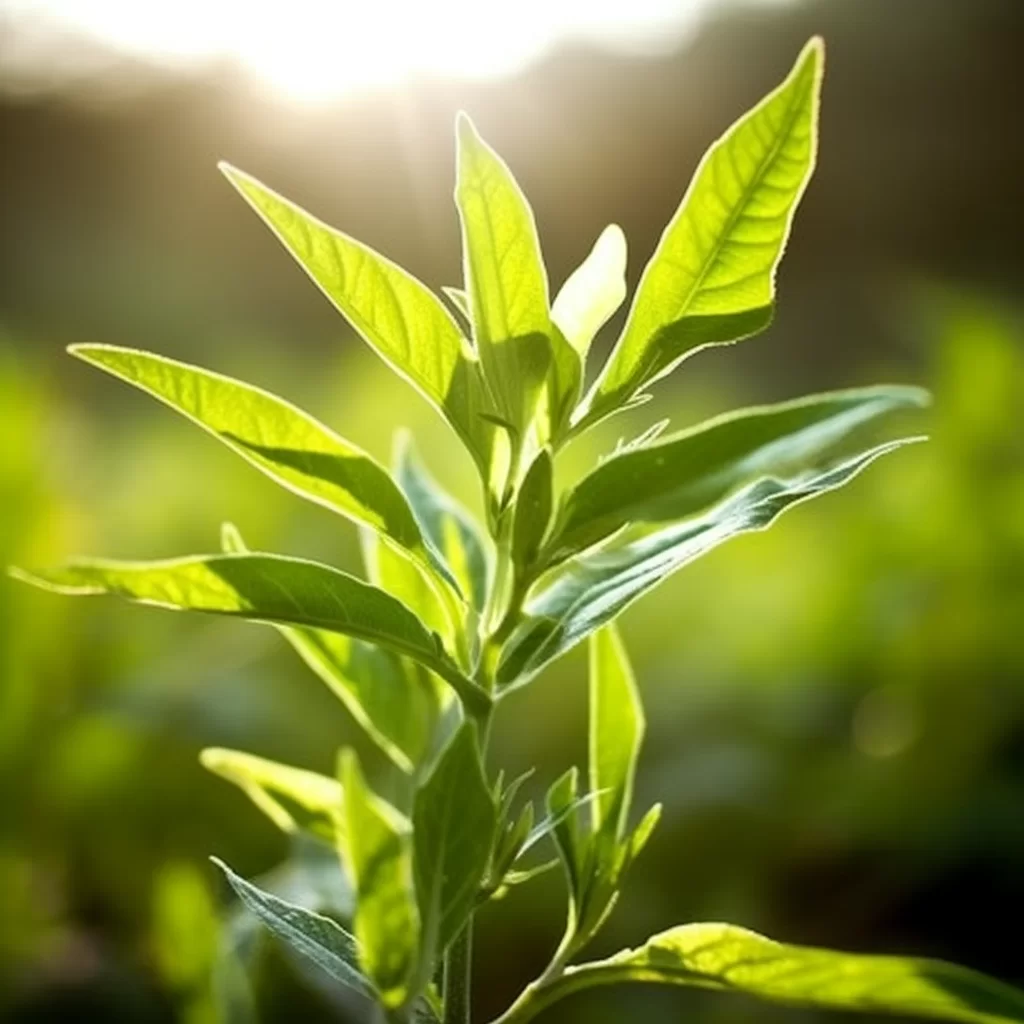Story of Day :
Contents
The Sambuca Plant: A Complete Guide and Care Tips
Gardening can be a challenging yet rewarding experience, especially when it comes to caring for plants that are not commonly grown in your backyard.
One such plant is the sambuca plant, also known as elderberry.
This hardy perennial shrub bears large clusters of small white flowers in early summer, followed by dark purple berries in the fall.
In this article, we will provide you with a complete guide on how to grow and care for this unique plant.
Planting Sambuca
If you’re planning to grow sambuca in your garden, make sure you choose an appropriate spot that gets full sun or partial shade with well-drained soil.
Sambucas prefer slightly acidic soil with a pH range between 6 and 6.5.
You can start growing sambucas from seeds or cuttings taken from mature plants.
If starting from seeds, sow them indoors six weeks before the last frost date or directly into the ground once all danger of frost has passed.

- For indoor planting: Fill seedling trays with potting mix and sow one seed per cell at a depth of ¼ inches deep.
- For outdoor planting: Dig holes around two inches deep; place one seed per hole along with compost or organic fertilizers.
Water regularly until germination occurs (usually within two to four weeks).
Once germination happens remove weaker plants if more than one has sprouted out of each hole/cell leaving just one strong sapling behind.
Care Tips for Sambucas
Samubcas are relatively low maintenance plants that require minimal care once established:
- Fertilizer – Apply compost/mulch every spring to replenish soil nutrients and help retain moisture.
- Watering – Water the plant once a week, more frequently during hot and dry weather, ensuring that the soil remains moist but not waterlogged.
- Pruning – Prune off any dead or diseased stems in late winter or early spring.
Pests and Diseases
Sambucas are generally pest-free plants.
Occasionally they may be attacked by aphids, spider mites or scale insects.
If infestations occur, you can control them with insecticidal soap spray or horticultural oil.
Sambucas can also develop some diseases such as powdery mildew, rusts and leaf spots due to lack of proper care.
To prevent such problems make sure that adequate sunlight is available for your plant and it is fertilized regularly with sufficient amount of compost/mulch/organic fertilizers.

Harvesting Sambuca Berries
The berries from sambuca plants ripen in late summer to fall season around September-October depending on your location’s climate conditions.. It’s best to wait until they turn dark purple/black before picking them.
Once harvested washes off the berries thoroughly with clean water removing all dirt particles before consuming them as they are quite edible when used in foods like pies/jams/jellies/cakes etc.
Conclusion
Growing Sambucas can be a rewarding experience if you follow these care tips we’ve outlined above carefully.. With minimal effort, you’ll have beautiful shrubs bursting with clusters of dainty white flowers followed by delicious dark purple berries ready for harvesting come autumn time! So whether you’re planting seeds indoors this year or directly into the ground outside remember that taking good care of your sambucas can help you produce a healthy, vigorous and fruitful plant that will reward your efforts for years to come.
